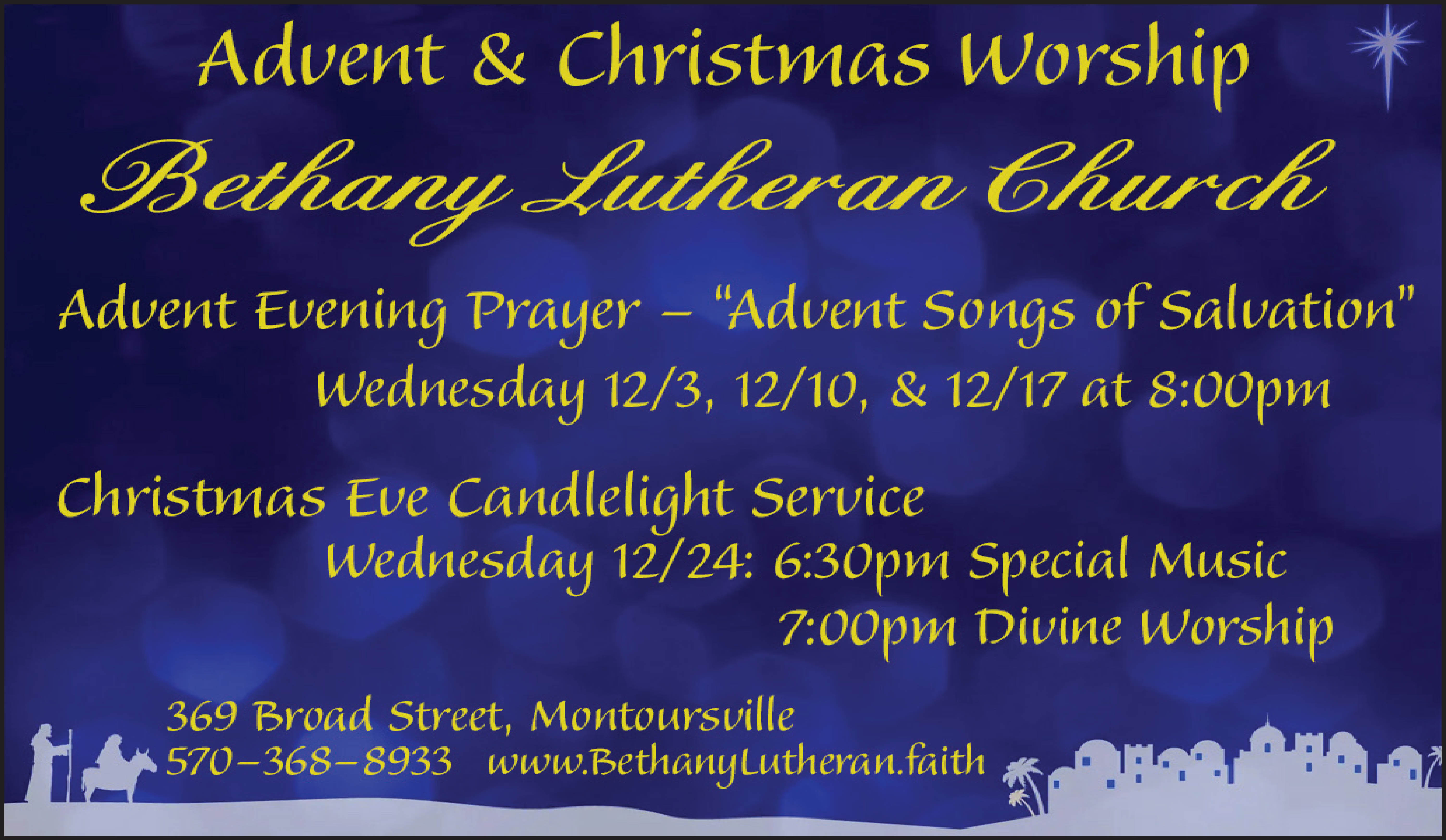Another spring turkey season is fast approaching, with the mentored hunters 16 and under able to hunt on April 27, followed by the regular statewide spring season from May 4 through the 18th. As usual, when spring begins to move in, we turkey hunters are on the lookout for any sightings of turkeys and especially gobblers.
Maybe it’s just me, but it seems like I’m hearing more people saying they are not seeing birds like they have in the past, or at least they are not seeing them in the same places as before. Turkeys move sometimes and often change locations depending on food supply.
I have been seeing the usual number of birds on my local travels, and in one case, I had to stop and wait for a flock of at least 60 turkeys to cross the road in front of me. Last week, I came to a complete stop in the middle of the road as a big gobbler walked across the road, which was only 10 yards in front of me.
So, what should we expect as we start a new spring season? Well, according to the Game Commission’s summer turkey sighting survey last year, there were 2.9 poults per hen statewide, and our local WMU 4E actually came up with 4.51 poults per hen last summer. Our statewide average of poults per hen was still higher than in 2019 and 2020, so it looks like our chances of scoring on a gobbler are still pretty decent.
Again, according to recent Game Commission statistics, almost 20 percent — or one in five hunters — took a spring gobbler in 2023. All of the WMUs showed increased numbers from 2021 through 2023.
I don’t have room to list all the WMU numbers here, but since I hunt a lot in WMU 4E, I found that in 2021 we took 1,169 gobblers, 1,633 in 2022, and 1,717 in 2023. There were 11 units that had even higher numbers, with WMU 2D coming in with the highest at 3,720 gobblers in 2023.
Well, it appears that there are enough turkeys roaming our woodlands to give us each a reasonable chance, but as we turkey hunters also know, you have to do things right. Even a simple thing like a little adjustment in your position at the wrong time can send a gobbler off in the opposite direction. I know-I’ve had it happen. And there’s always the question of what calls to use and how often to call. It seems that most successful turkey hunters weigh in on the side of calling less often, and a simple hen call often seems to get results. And what about decoys? Most of what I read and hear is that it’s probably best to limit your decoys to hen decoys, maybe a couple set out in a clearing or the edge of the woods in a field where a gobbler can easily spot them.
Of course, most of the turkey hunters want to get out first thing in the morning before the birds come down from the roost. Knowing where the turkeys are roosting beforehand is a big plus, and I wouldn’t be surprised to find out that most spring gobbler hunters probably score earlier rather than later in the morning. However, I remember shooting my biggest ever gobbler years ago just 15 minutes before quitting time. That was back when we had to quit hunting by mid-day, but for the last 13 years, we have had an opportunity to hunt all day during the second half of the month-long season. How successful is afternoon hunting? Again, Game Commission statistics say that turkeys taken in the afternoon accounted for 5.2 percent of the overall gobbler harvest.
I know we see more gobblers from the front seat of our car than we probably see when we are out hunting them, but I suspect I’ll put some time in anyway.



